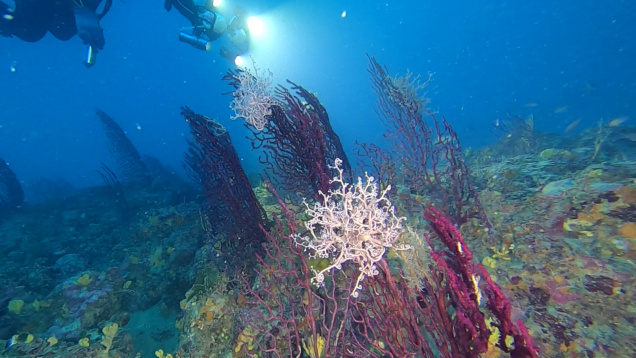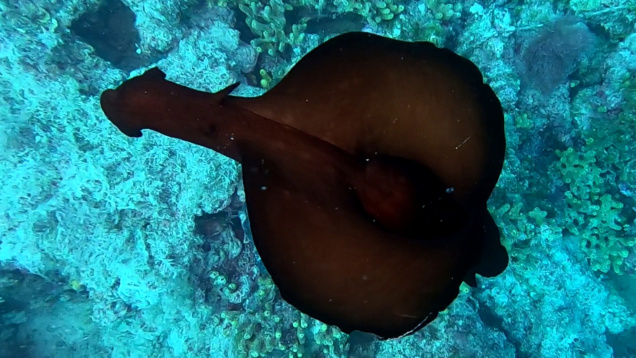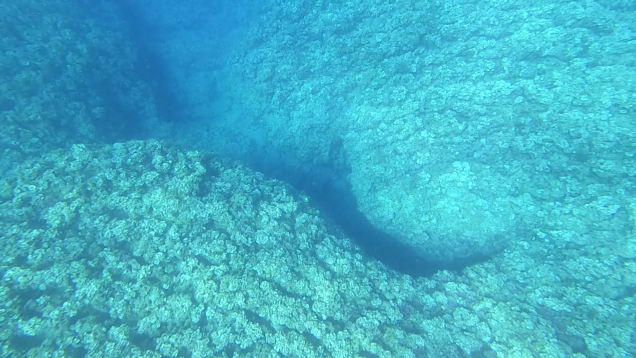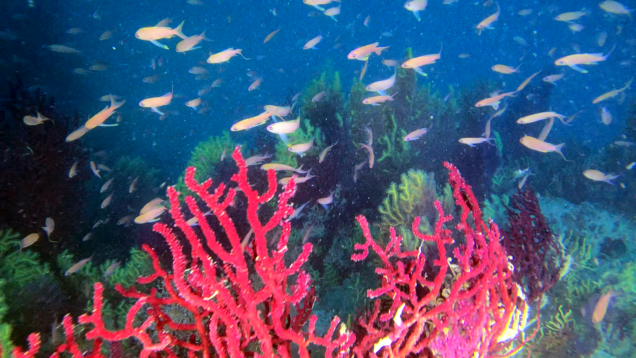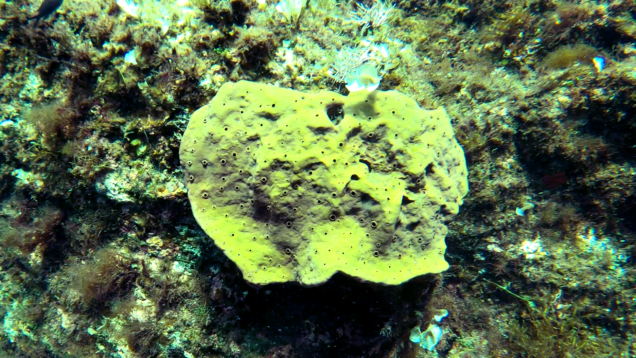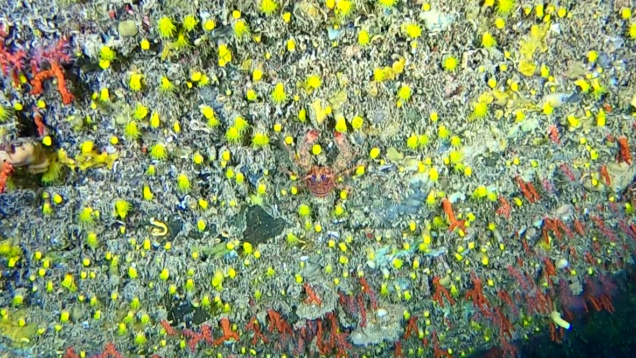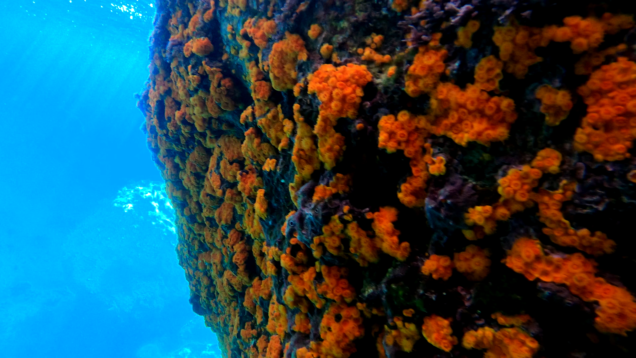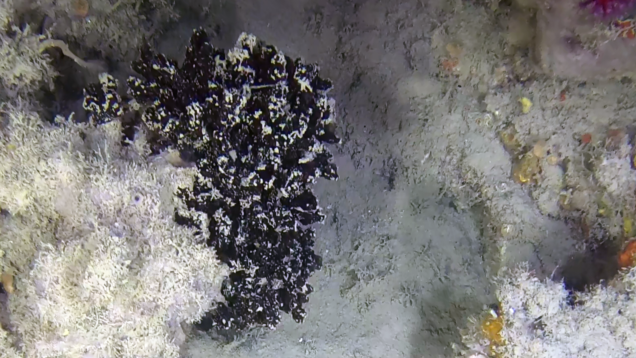Astrospartus mediterraneus & Paramuricea clavata
In this amazing dive among Paramuricea clavata, red Gorgonian, we met numerous Gorgon starfish, Basket star or Astrospartus mediterraneus. We are on a rocky bottom between 49 and 52 meters deep, where we have encountered various species of fish and marine species such as sponges, red scorpionfish, Anthias anthias, red mullet, coocko wrasse and more. ...




